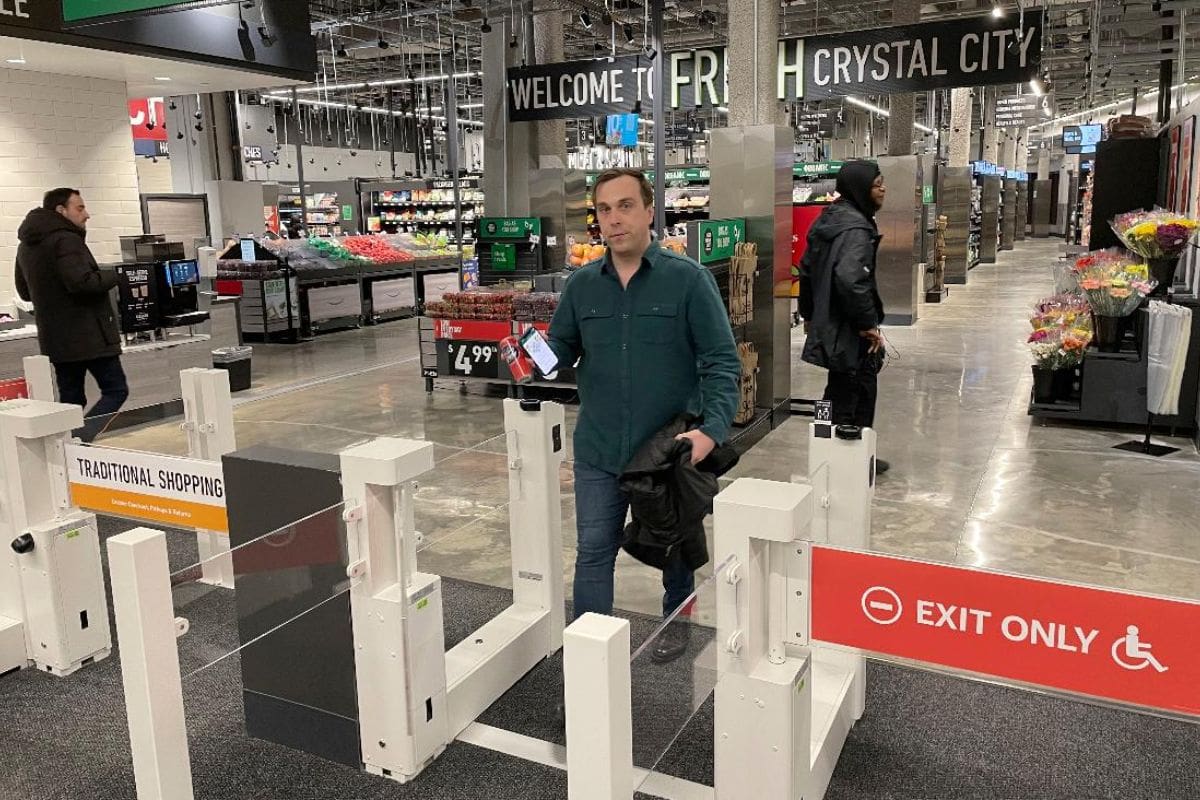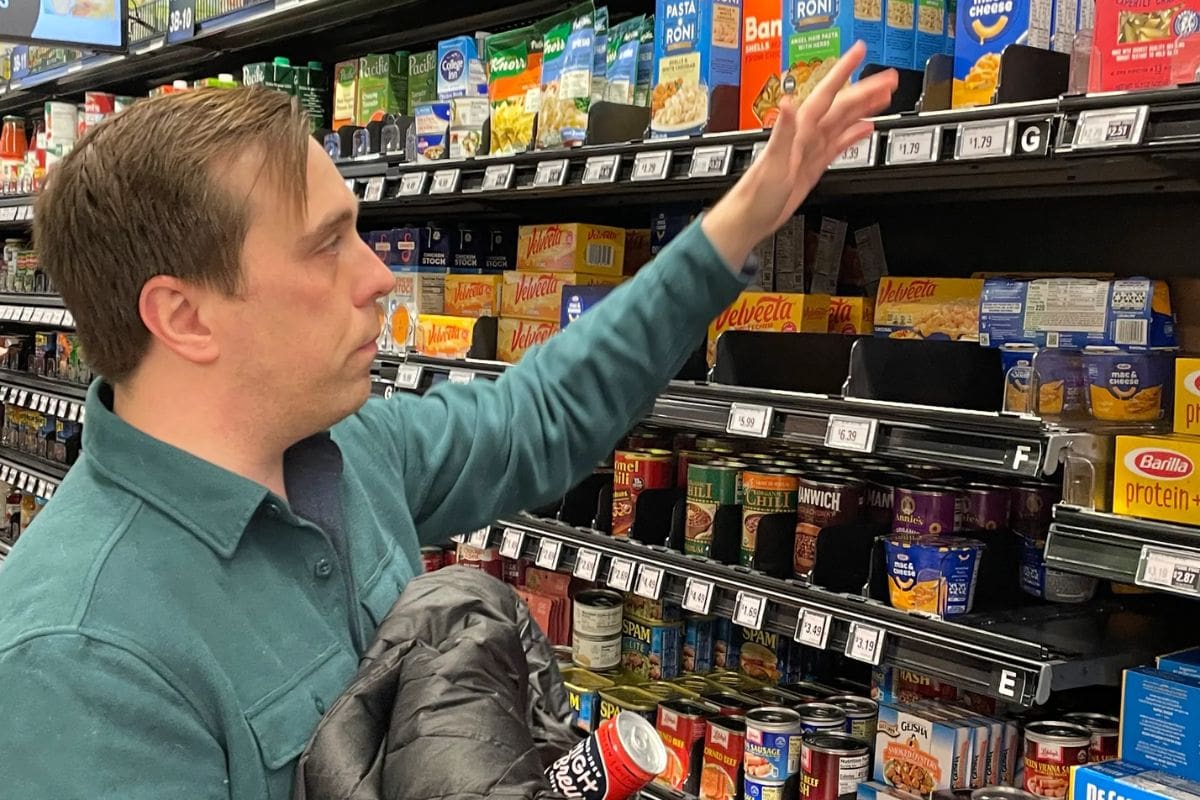Consumers Beat High Prices: In a world where the cost of living continues to rise, consumers are increasingly finding ways to navigate the high prices and stretch their budgets further. Through a combination of savvy tactics and strategic approaches, individuals are discovering hidden methods to beat the seemingly endless cycle of inflation.
From subtle shifts in shopping habits to more pronounced statements in the political arena, the landscape of consumer empowerment is evolving. But what are these secret tactics that have allowed consumers to emerge victorious in the battle against high prices?
Consumer Backlash Drives Changes in Shopping Habits
The consumer backlash against persistently high prices has catalyzed a significant shift in shopping habits across America, prompting a strategic reevaluation of consumer choices and preferences. In response to prices remaining 19% above pre-pandemic levels, consumers are making deliberate changes in their purchasing behavior. Grocery shoppers, for example, are increasingly turning to store-brand items and discount stores as a means of combating the impact of inflation on their budgets. This shift reflects a growing trend towards prioritizing value and savings while ensuring essential needs are met.
Furthermore, consumers are scaling back on non-essential purchases, focusing on the necessities to navigate through this period of economic uncertainty. By reevaluating their shopping habits, consumers are sending a clear message to retailers and food companies that they expect affordability and value. This change in consumer behavior is reshaping the retail landscape, challenging businesses to adapt to meet the evolving needs and expectations of their customer base.

Resistance in the Retail Landscape: Food and Consumer Goods
Amidst consumer pushback against inflated prices, the retail landscape for food and consumer goods is witnessing a notable resistance that is reshaping market dynamics. This resistance is causing a shift in how companies approach pricing strategies and engage with consumers.
Here are three key points to consider:
- Strategic Pricing Adjustments: Large food companies are reevaluating their pricing strategies in response to consumer resistance. They are opting for more moderate price increases to align with consumer expectations and mitigate backlash.
- Product Innovation: Companies are focusing on introducing innovative products in the consumer goods sector to provide value beyond just pricing. This shift towards value-added offerings is aimed at retaining consumer loyalty and differentiating from competitors.
- Market Competition: The resistance in the retail landscape is intensifying market competition as companies vie for consumer attention and loyalty. This competitive environment is driving companies to innovate and adapt to changing consumer preferences to stay ahead in the market.
Public Frustration Becomes Political: Biden’s Response and Criticism
Public frustration over soaring prices has become a focal point in President Joe Biden’s re-election campaign, sparking scrutiny and debate over corporate price hikes and the White House’s stance on ‘shrinkflation.’
Despite a notable decrease in inflation rates, polls indicate persistent consumer discontent. Biden has been vocal in criticizing what he perceives as unjustified price increases by corporations, highlighting the administration’s opposition to ‘shrinkflation,’ a practice where companies reduce the quantity or quality of goods while maintaining prices.
This political dimension has added depth to the ongoing discourse surrounding inflation and its economic ramifications. As the public grapples with the daily impact of rising costs, Biden’s response to these challenges has come under intense scrutiny, with opponents questioning the effectiveness of his proposed solutions.
The intersection of consumer concerns with political rhetoric underscores the significance of addressing price stability and affordability in the current socio-economic landscape.
Evolving Consumer Behavior: Private Labels and Alternatives
Navigating the current landscape of rising prices, consumers are increasingly turning towards private labels and alternative products to address their purchasing needs. This shift in consumer behavior is reshaping the market dynamics and influencing companies to adapt to changing preferences.
Here are three key insights into this evolving trend:
- Quality Perception: Consumers like Stuart Dryden are realizing that store-label competitors can offer comparable quality to well-known brands at a lower cost. This shift challenges the traditional notion that higher prices equate to better quality.
- Cost-Conscious Choices: With budgets being stretched due to inflation, consumers are becoming more price-sensitive and seeking cost-effective options. Private labels and alternative products provide a way to maintain their purchasing power without compromising on quality.
- Impact on Companies: Companies such as Kraft Heinz are feeling the repercussions of this trend, experiencing declining sales as consumers opt for more affordable alternatives. This underscores the importance for businesses to adapt to changing consumer preferences to stay competitive in the market.

Also Read: California Stores Abandon Self-Checkout
Federal Reserve and Economic Outlook: Impact on Inflation and Corporate Strategies
As consumer behavior continues to shape market dynamics, the Federal Reserve’s observations on inflation and the economic outlook are becoming increasingly crucial for businesses like Unilever, PepsiCo, and General Mills to adjust their strategies in response to evolving consumer resistance to high prices.
The Federal Reserve, noting consumers’ reluctance to accept high prices, anticipates a steady decline in inflation. Businesses, including Unilever, PepsiCo, and General Mills, are adapting their strategies in light of this trend.
The Federal Reserve’s assessments and surveys, indicating a smaller expected increase in prices for the upcoming year, highlight the pivotal role consumers play in shaping economic trends and combating inflation. These insights compel companies to reconsider pricing strategies, product offerings, and marketing approaches to align with consumer preferences and market conditions.
News In Brief
Consumers are rewriting the rules of spending amid rising living costs. Shifting their tactics, individuals strategically combat inflation’s impact, from embracing store brands to curbing non-essential purchases. The retail landscape witnesses a surge in strategic pricing adjustments and product innovations as companies respond to consumer resistance. President Biden faces scrutiny over corporate price hikes, making affordability a key campaign focus. Evolving consumer behavior favors private labels, impacting giants like Kraft Heinz. The Federal Reserve’s note on declining inflation aligns with consumers reshaping economic trends. Companies adapt, emphasizing affordability and innovation to meet evolving consumer expectations.
Our Reader’s Queries
How is inflation affecting consumers?
Increasing prices over time diminish consumers’ purchasing power, as a fixed amount of money buys progressively less. This reduction occurs irrespective of the inflation rate, whether it’s 2% or 4%.
Do consumers benefit from inflation?
Moderate inflation often corresponds with rising wages. As both product prices and wages increase proportionately, consumers can maintain their purchasing power. This balanced scenario supports stable and reasonable wage hikes, enabling consumers to have additional funds for investment and spending.
Can consumers reduce inflation?
To combat inflation effectively, the most impactful action is to significantly reduce our consumption—buying much less. This strategy aims to align declining demand with the currently rising supplies.
How can you benefit from inflation?
Inflationary environments often see strong performance in various asset classes. Tangible assets such as real estate and commodities are traditionally viewed as hedges against inflation. Specialized securities, including certain sector stocks, inflation-indexed bonds, and securitized debt, can help preserve a portfolio’s buying power.

